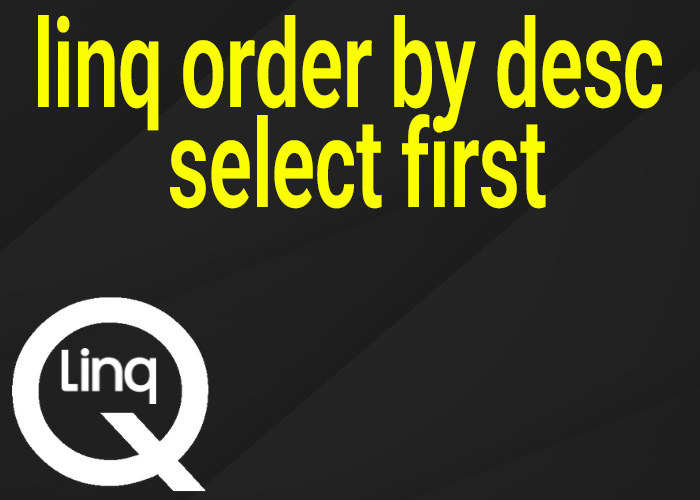Converting XElement to String in C#
Working with XML in C# often involves converting XML elements and their content into string representations for logging, processing, or interfacing with other systems. This article provides insights into how to convert XElement objects to strings using C#.
Introduction to XElement
XElement is part of the LINQ to XML library which provides a powerful way to work with XML data. Converting an XElement to a string can be useful in many scenarios, such as debugging, saving XML data to a file, or sending XML over a network.
Basic Conversion
To convert an XElement to a string, you can use the ToString() method. This method returns the XML markup for this element, including its descendants.
Example Code
XElement person = new XElement("Person",
new XElement("Name", "John Doe"),
new XElement("Age", "30")
);
string result = person.ToString();
Console.WriteLine(result);
This will output:
<Person>
<Name>John Doe</Name>
<Age>30</Age>
</Person>
Preserving or Ignoring XML Declaration
If you need to include the XML declaration in the output string, you can use the XDeclaration class in conjunction with XDocument instead of XElement alone.
Example with XML Declaration
XDocument document = new XDocument(
new XDeclaration("1.0", "utf-8", null),
new XElement("Person",
new XElement("Name", "John Doe"),
new XElement("Age", "30")
)
);
string resultWithDeclaration = document.ToString();
Console.WriteLine(resultWithDeclaration);
Handling Special Characters
When XElement converts to a string using ToString(), special characters are automatically escaped. This ensures the resulting string is a valid XML.
Special Characters Example
XElement title = new XElement("Title", "Example & Tutorial > \"Basics\"");
string titleString = title.ToString();
Console.WriteLine(titleString);
This will output:
<Title>Example & Tutorial > "Basics"</Title>
Conclusion
Converting XElement to string in C# is straightforward using the ToString() method. This method is efficient for producing a string representation of XML data, making it easier to handle XML content for logging, storage, or data transmission.
Understanding these basics allows developers to effectively manipulate and utilize XML data within their C# applications.





